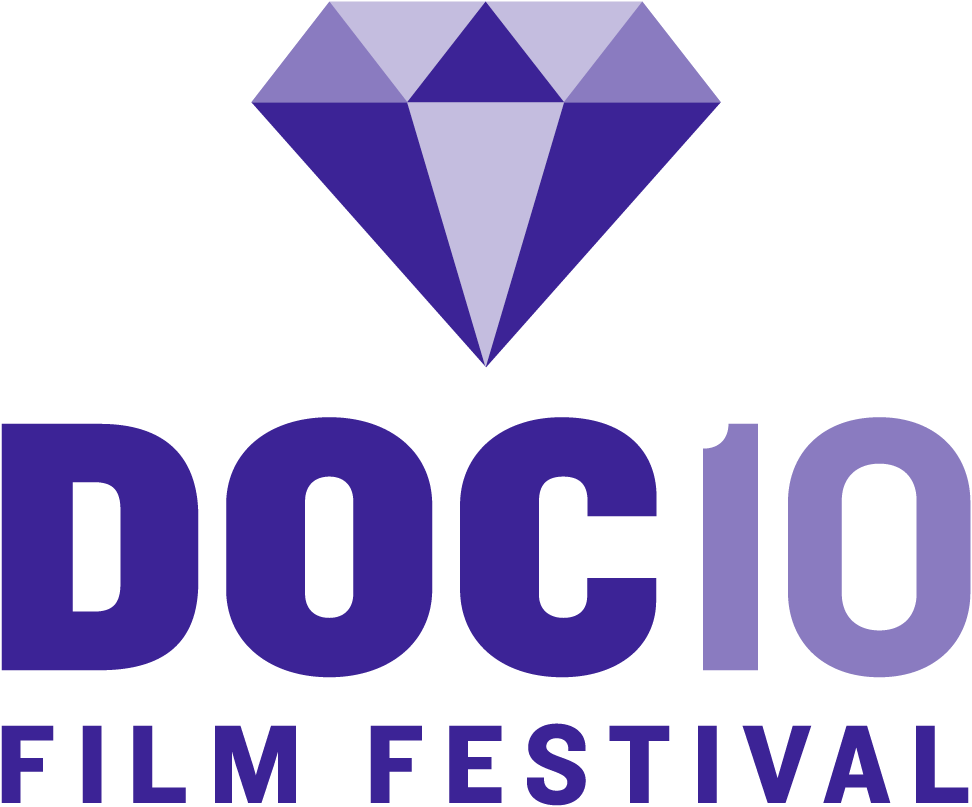“The impact of storytelling and the responsibility of storytellers”: 5 Questions with Alexandria Bombach, director of “On Her Shoulders”
In the superbly crafted and intimate chronicle of the day-to-date toil of activism, filmmaker Alexandria Bombach (winner of this year’s Sundance Best Directing Prize) follows Nadia Murad as she travels from radio and TV interviews to United Nations meetings, to raise awareness for the plight of her people, a small ethnic minority in Northern Iraq. While On Her Shoulders focuses on Murad’s tireless efforts to grab the public’s attention, Bombach’s empathetic camera conveys a different and more complex tale: about Murad’s personal sacrifice, and the challenges of bearing the burden of an entire community. “Essential viewing” (Variety), “compelling” (Hollywood Reporter) and “fascinating” (RogerEbert.com), On Her Shoulders offers a “profound testament to Murad’s suffering, courage and unfathomable tenacity” (Indiewire). Alexandria Bombach talks to DOC10 about character-driven activism, present-tense filmmaking, and how we tell stories of trauma.
Nadia’s story is obviously very powerful, but what about her story made you think there was a film? And at what point did you realize the film wasn’t just about her life story, but a kind of psychological portrait of the unfolding moments that you captured on film.
Alexandria Bombach: Nadia is a compelling, brilliant and strong-willed person, and after reading her book, "The Last Girl," I think this has always been true. I think that her personality and the complexities of her situation as an activist is what made me so interested in making this into a feature film. The production company, RYOT, originally brought me on to make a short film, but after even a few days of spending time with Nadia, I knew her story and the nuance of the experience she was having as a survivor turned reluctant activist should have more time to breathe in a film. As far as focusing on her life story, I think as a filmmaker my curiosities and interests are always pointing me to explore the emotion of someone’s current experience as it relates to the past vs. telling an audience what has happened in the past.
Furthermore, how did you balance the film’s emphasis between character portrait and issue-film?
There are certain points that need to come across to have context for understanding Nadia’s situation and the situation of her people, but my inclination as a filmmaker is to tell the story of the individuals. I hope that, in turn, this causes people to act because they care about the people – I really don’t think there is any other way to break through apathy.
One of my favorite things about the movie is the intimacy of it, but I heard that were times where Nadia didn't want you filming her. So were you different from the many interviewers/journalists/news crews that have spoken to Nadia? And if so, how so?
There was never a time when Nadia asked me not to film; she just became less interested and at times distant from me during a few of our shoots. I think this was because she really didn’t see the point in participating and, at times, I struggled to see the point as well. The situation for the Yazidis is so desperate, and I questioned everything while making this film – advocacy, diplomacy, politics, but especially the impact of storytelling and the responsibility of storytellers. I was different from other media people that followed Nadia because I was always around, but I don’t want to pretend that I am above my criticisms of media in the film – I think we need to have a better conversation about how we tell stories of trauma.
Along those same lines, I think the film’s stand out moments are in very small interstitial scenes, which show Nadia explicitly NOT engaged in her activism, but just being in the West, like that amazing moment when they’re watching the Canadian military marching band. Did you always see these scenes as integral to the film?
Yes. Although, I didn’t know what was important to include in the film until I shot it and had months in the edit to think about it. I didn’t come into the story with any themes or ideas of what I wanted to capture. I think it’s important to let it all unfold.
Another moving element for me is Nadia’s relationship with Murad Ismael. At one point in the film, I think viewers might suppose that they’re edging towards a closer relationship. Is this just me, or was it your intention to play with that notion, and if not, what do you think that relationship offers the film? And what is happening with them now?
Murad and Nadia were close because of the great responsibility they both felt towards the Yazidi people. Murad is now married and living in Iraq, continuing to work with the organization Yazda. Nadia lives in Germany and has started her own initiative — currently working on the Sinjar Action Fund that aims to rebuild and secure the Yazidi areas in Iraqi Kurdistan.
